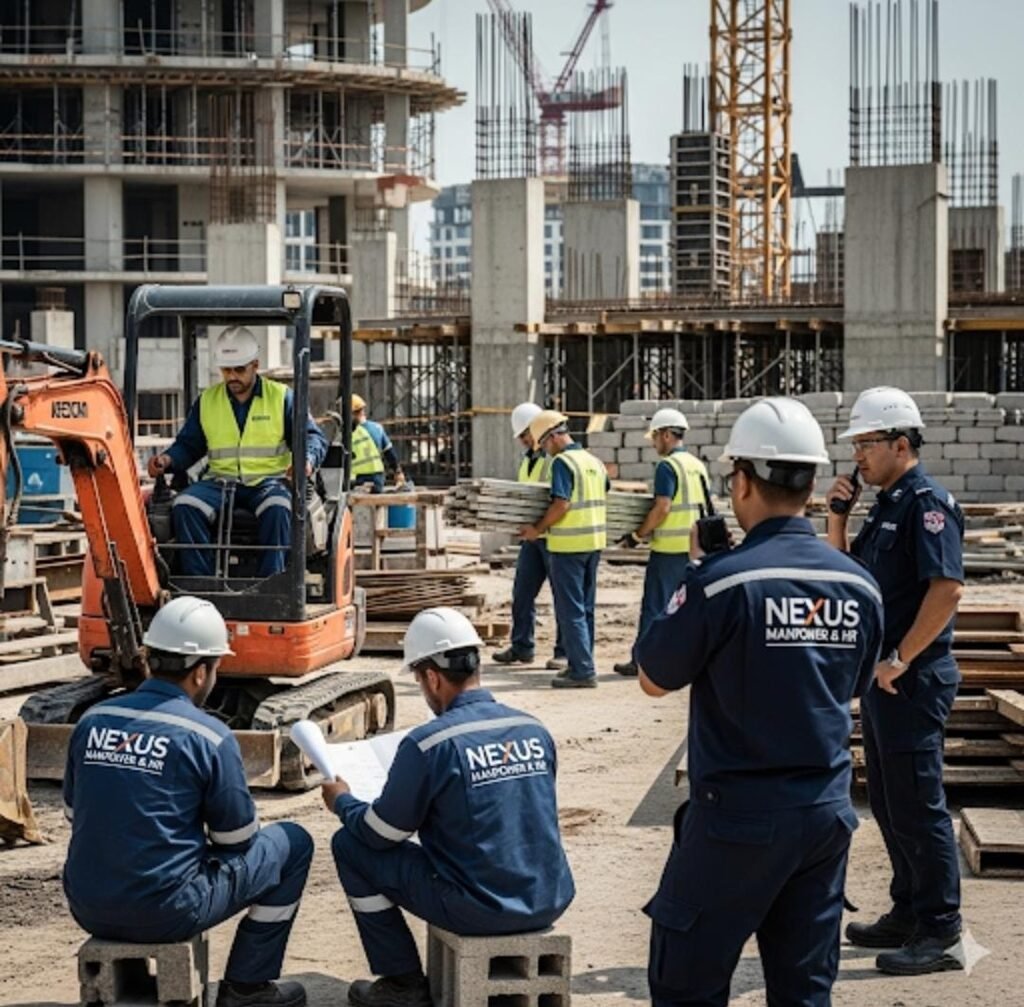Man Power
- Home
- Man Power
Man Power

“Man Power is the driving force behind every successful organization, providing skills, effort, and dedication that fuel growth.”
Manpower is one of the most fundamental resources for any organization, community, or nation. It refers to the total supply of human effort—both physical and intellectual—that can be applied to achieve goals. Unlike machines or financial capital, manpower possesses creativity, decision-making power, and adaptability, which makes it irreplaceable. While automation and artificial intelligence are reshaping industries, manpower remains at the core of all economic and social progress.
Definition of Manpower
Manpower can be defined as the collective strength, skills, and potential of individuals available to perform tasks in a society or organization. In a narrower sense, it refers to the workforce of a company, consisting of all employees from entry-level workers to executives. In a broader national context, manpower encompasses the entire working-age population capable of contributing to economic development.
Types of Manpower
Skilled Manpower: Workers with specific training, education, or expertise (e.g., engineers, doctors, IT professionals).
Unskilled Manpower: Individuals with basic abilities performing tasks that require minimal training (e.g., cleaners, loaders, helpers).
Semi-Skilled Manpower: Employees who need some training but not advanced qualifications (e.g., machine operators, drivers).
Intellectual Manpower: Thinkers, researchers, and innovators whose mental capabilities drive progress.
Managerial Manpower: Leaders and supervisors who guide teams, make decisions, and implement strategies.
Importance of Manpower
Economic Growth: A country with abundant, skilled manpower experiences faster development.
Productivity: Human effort determines how efficiently resources like machines and capital are used.
Innovation: New ideas and solutions emerge from human intelligence, not machines alone.
Flexibility: Unlike machines, manpower can adapt to changing environments.
Sustainability: Skilled manpower ensures continuity and stability in organizations.
Manpower Planning
Manpower planning, also called workforce planning, involves forecasting the demand and supply of employees to ensure the right number of people with the right skills are available at the right time. Effective planning prevents both shortages and surpluses of staff.
Steps in Manpower Planning:
Forecasting future manpower needs.
Analyzing current workforce capabilities.
Identifying gaps between demand and supply.
Developing strategies to bridge the gaps (training, hiring, redeployment).
Monitoring and reviewing workforce performance.
Challenges in Managing Manpower
Skill Gaps: Rapid technological changes create demand for new skills, often leaving workers unprepared.
Global Competition: Skilled manpower often migrates to countries offering better opportunities.
Unemployment and Underemployment: Some regions suffer from high unemployment despite having large manpower pools.
Automation Threats: Machines and AI replace certain jobs, forcing manpower to upskill.
Retention Issues: High turnover creates instability and extra recruitment costs.
Manpower in the Global Economy
Countries with strong manpower resources gain a competitive advantage. For instance:
India is known for its massive pool of IT manpower, serving global tech companies.
China leveraged its vast labor force to become the world’s manufacturing hub.
Germany emphasizes skilled technical manpower, making it a leader in engineering and industrial production.
This shows that manpower is not only an organizational concern but also a critical national asset.
Role of Manpower in Organizations
Operations: Without manpower, machines and systems cannot function.
Customer Service: Human interaction remains essential for building trust and loyalty.
Decision-Making: Leaders and managers drive strategies through their manpower strength.
Creativity: Innovative manpower differentiates successful companies from stagnant ones.
Developing Manpower
Investment in education, training, and health directly improves manpower quality. Organizations that provide continuous learning, mentorship, and skill development gain loyal, productive employees. Governments that prioritize education and vocational training build stronger economies.
Future of Manpower
While automation will take over repetitive tasks, the demand for skilled and creative manpower will grow. Jobs in data science, renewable energy, healthcare, and AI development require highly trained professionals. Emotional intelligence, leadership, and problem-solving—qualities unique to human manpower—will remain in high demand.
Case Example
Consider Japan, a nation with limited natural resources but highly skilled manpower. Through discipline, education, and innovation, Japan built powerful industries such as automotive, robotics, and electronics, proving that manpower is often more valuable than natural resources.
Conclusion
Manpower is the backbone of development, whether for an organization or an entire nation. It transforms resources into output, ideas into innovation, and plans into achievements. Effective manpower planning, development, and utilization are key to sustainable success. In the future, as technology continues to evolve, manpower will need to continuously adapt, upskill, and embrace lifelong learning. Ultimately, it is human creativity and resilience that will shape the destiny of organizations and societies.

